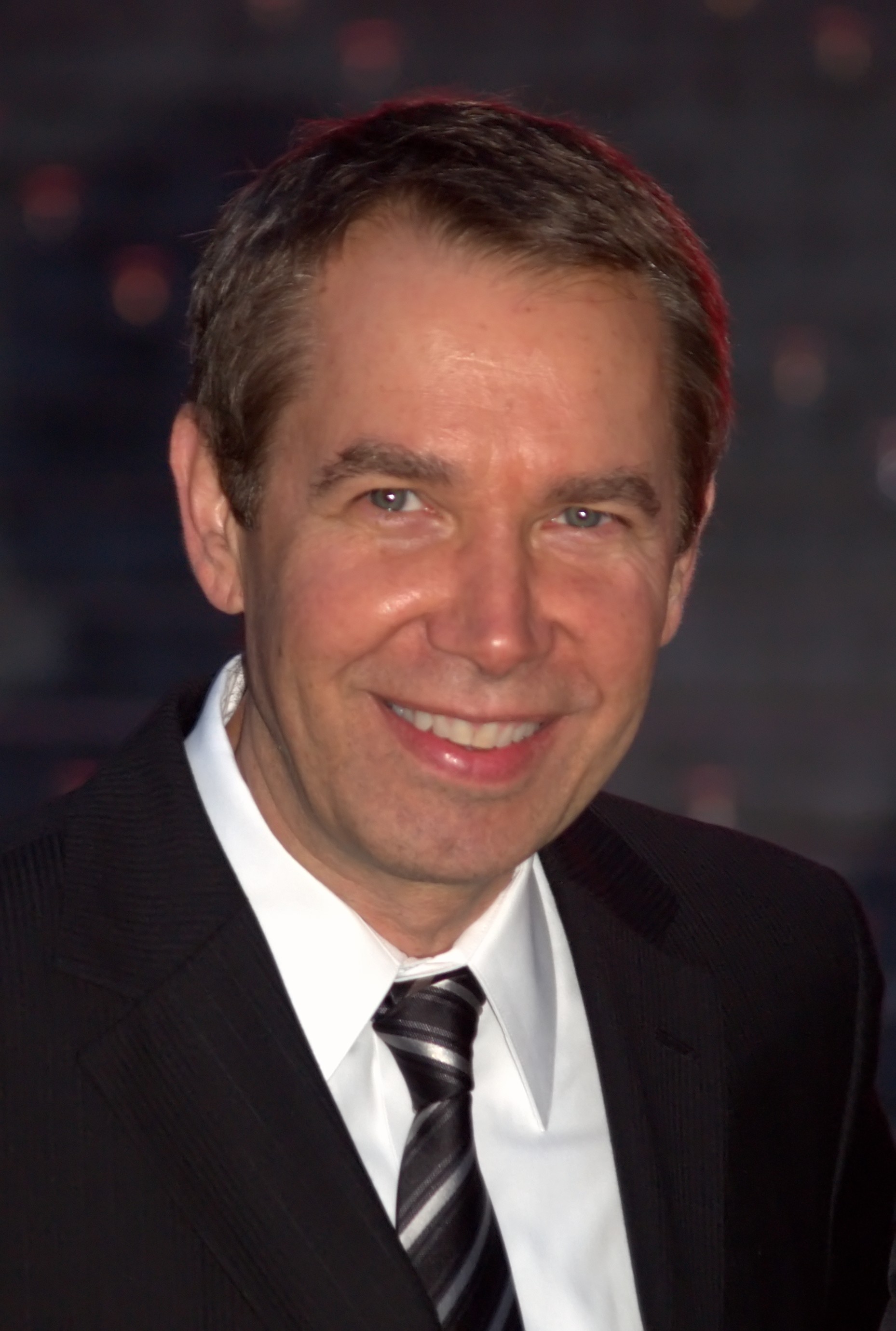Constance Lewellen interview, 1986
Jeff Koons: Cytaty po angielsku
Partly cited in: Linda Weintraub, Arthur Coleman Danto, Thomas McEvilley. Art on the edge and over: searching for art's meaning in contemporary society, 1970s-1990s. Art Insights, Inc., 1996. p. 201; And cited in Kristine Stiles, Peter Howard Selz (1996). Theories and Documents of Contemporary Art: A Sourcebook of Artists' Writings. p. 381
"From Full Phantom Five," 1988
“I try to be a truthful artist and I try to show a level of courage. I enjoy that. I’m a messenger.”
Jeff Koons in: Ottman, K. (1988) "Jeff Koons," Journal of Contemporary Art–Online 1(1): 18–23; cited in: Galman, Sally AC. "The truthful messenger: visual methods and representation in qualitative research in education." qualitative research 9.2 (2009): 197-217.
1980s
"From Full Phantom Five," 1988
this is not a cliche!
Constance Lewellen interview, 1986
Jeff Koons, San Francisco Museum of Modern Art, Walker Art Center (1992). Jeff Koons. p. 103
1990s and later
Jeff Koons in: Graeme Green. " 60 SECONDS: Jeff Koons http://metro.co.uk/2007/07/18/60-seconds-jeff-koons-532798/#ixzz3bThr2XKI," at metro.co.uk, 2007/07/18
1990s and later
Jeff Koons in: Modern Painters. Vol. 2 (1989), p. 63
1980s
Constance Lewellen interview, 1986
